Mexican state Tlaxcala, guest of honor at the Festival of Life and Death Traditions
Explore the cultural richness of this state at the 16th edition of the iconic Grupo Xcaret festival
At Grupo Xcaret we are aware of Mexico’s eclectic relationship with death and the festivities that are held to remember and celebrate those who have already left this world.
From October 30 to November 2, the already traditional Festival of Life and Death Traditions returns to Riviera Maya, bringing together hundreds of professionals from Mexico’s art and culture disciplines to show the world the vast range of rituals, offerings and tributes with which we celebrate the faithful departed.
The Colors of Life and Death
With the arrival of October in the Mexican Caribbean, the exuberant Maya jungle does shed its resplendent green, but the atmosphere is tinged with mysticism and tradition, because by October’s end, the veil that separates us from the afterlife opens a bridge so that the souls of the departed may return and spend some hours with their loved ones.
The belief that a new life continues in a different way after death, in an afterlife space and in the fracture between the material and spiritual planes has been alive in different peoples and cultures around the world since the dawn of humankind.
Just as the Celts celebrated Samhain – which over time would become Halloween – in Mexico All Saint’s Day finds roots both in pre-Hispanic traditions and in the Catholic customs that were imposed later. However, the celebrations, rituals, offerings and even the picaresque humor that we invest in it separate our festivities from those of the rest of the world.
The famous painter Salvador Dalí would say in an interview: “In no way will I return to Mexico. I can’t stand being in a country more surreal than my paintings.” And the colorful tones in which we dress a celebration of life and death is inconceivable for those who prefer to consecrate their thoughts in a melancholic and solemn framework.
From the figure of La Catrina, present both in paintings by Diego Rivera and in papier-mâché in the offerings, and the Calaveritas, little poems written and dedicated to public figures, or even to our loved ones, to the mingling of crowds that visit cemeteries to clean the tombs of their loved ones, and the sharing of food, music and memories on altars erected in their honor, this is a time of warm atmospheres lit by hundreds of candles and adorned with thousands of flower petals.

Tlaxcala’s cultural wealth, present at the Festival of Life and Death Traditions
The Festival of Life and Death Traditions recreates the eclecticism of our festivities, offering four days to enjoy the culture of Mexico and learn about the customs that characterize us.
In its sixteenth edition, the event features the state of Tlaxcala as its guest of honor. Considered the Cradle of the Nation, its capital dates back to 1525 and both its name (meaning “place of tortillas” or “cornbread”) and its remains intertwine Spanish and pre-Hispanic influences to give way to our essence.
More than 200 patron saint festivities take place throughout its geographical extension (which isn’t much, being the smallest state in the country), such as Huamantla, where the traditional flower rugs and carpets come from; the Tlaxcala Fair, which also honors the deceased; and produce and food fairs for cheese or pulque, amongst others.
It also presents various archaeological zones such as Cacaxtla, Xochitécatl or Tecoaque, and Magical Towns such as Tlaxcala, Tlaxco and Huamantla.
In its culinary aspect, Tlaxcala manifests the autochthonous-Spanish fusion in all its splendor, combining traditional ingredients such as pulque and mead with quiote, white worms and red worms, or chinicuiles. Other famous dishes throughout the country that come from Tlaxcala are basket tacos and escamole tacos, the ashen chicken and the chinicuil gorditas.
Special guests, concerts and activities
In addition to exploring the culinary and cultural richness of Tlaxcala first-hand, you will also be able to enjoy hundreds of musical, theatrical, dance and multidisciplinary activities, tours, exhibitions and workshops throughout the four days.
Between traditional pre-Hispanic music, intercultural ensembles, plays, soliloquies, concerts, dances, Catrinas, Maya ball game performances, raft rides through underground rivers and dozens of food and drink stands, you can also enjoy the great concerts at the end of the event.
On November 1 and 2, La Vecindad Santanera, a project made up of members of La Sonora Santanera and La Maldita Vecindad, will perform as the closing event.
Festival Activities at Hoteles Xcaret
Parallel to the celebrations at Xcaret Park, the Festival of Life and Death Traditions will have celebrations, happenings and special events at Hotel Xcaret México and Hotel Xcaret Arte, so if you are staying between October 29 and November 2 in any of the properties, we invite you to participate in them.
Similarly, the Teatro de la Ciudad in Playa del Carmen will act as an official venue for the event, bringing Grupo Xcaret’s presentations to the local community.
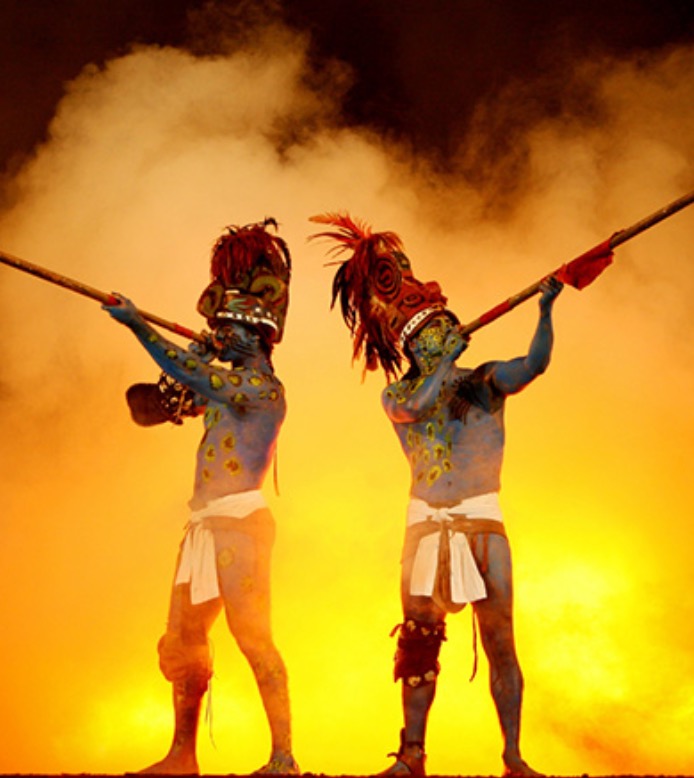
Day of the Dead in Tlaxcala: the longest celebration in the country
Because the Tlaxcalans followed the Nahuatl calendar, their year consisted of 18 months of 20 days with two of them dedicated to honor the dead: the first being for children, known as Miccailhuipzintli, celebrated from August 9 to 28 of our current calendar, and another one for adults, from August 29 to September 17.
According to Desiderio Hernández Xochitiotzin, state chronicler of Tlaxcala in an interview for the magazine Buen Viaje, the state features three large ethnic groups coexisting in the region: the Otomi, the Nahuatl and the Olmec-Chichimeca, each with their particular civil traditions, religious and political. This is also why there are at least three ways to honor the deceased, often borrowing elements from neighboring states such as Puebla, Veracruz and the towns of the nearby mountains.
The native towns usually add a deep respect and roots to the traditional elements in these festivities, so it is very common to see a lot of care put in the food being offered, baking bread, making stews and pulque, in addition to “natural” crosses – only those already shaped as a crucifix are cut.
In the towns of Nahuatl origin, on the other hand, the offerings stand out in breads, as they are places where this trade abounds.
The tombs are decorated with white earth brought from Tizatlan, a place where Quetzalcoatl is believed to have preached, as well as with yellow, green and orange decorations.
Remember that by being a México Destination Club member and staying at one of the Hoteles Xcaret, your admission to the Festival of Life and Death Traditions is complimentary!* Don’t miss this new edition of Grupo Xcaret’s biggest party.
*Concert fee and other charges may apply.


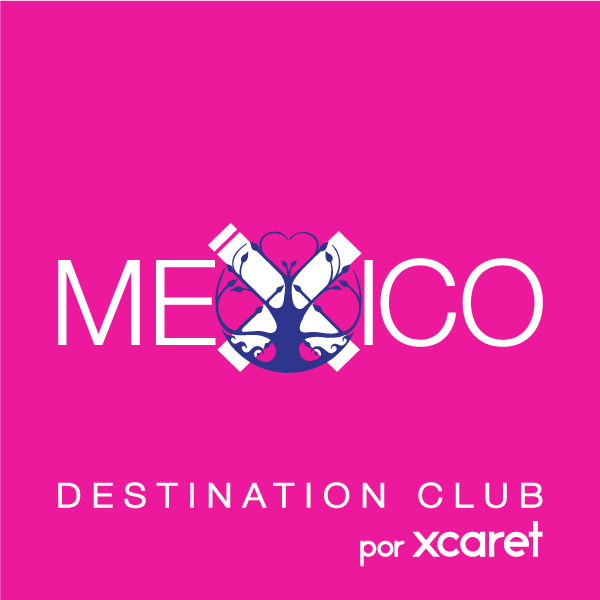

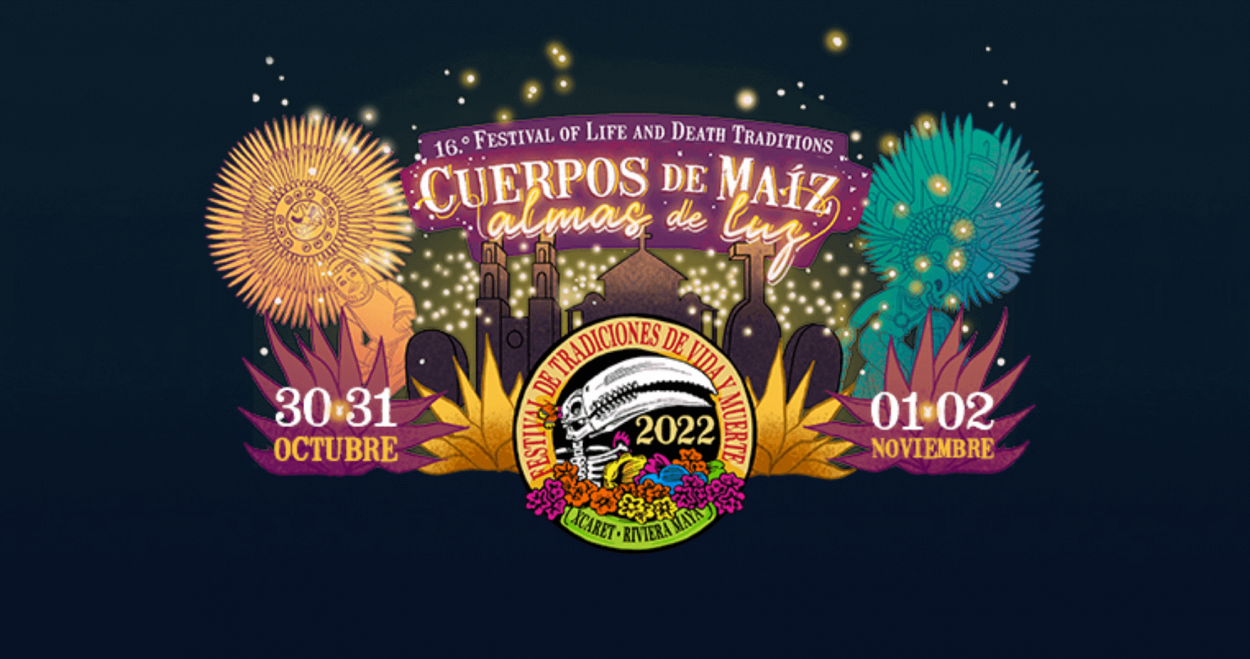
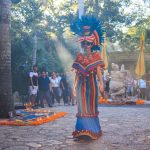
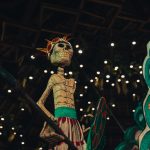


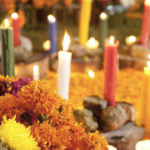
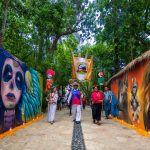

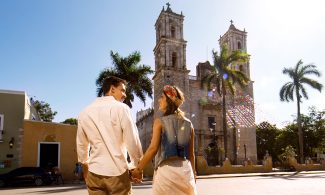

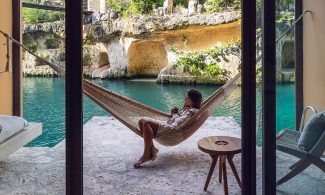
Leave comment